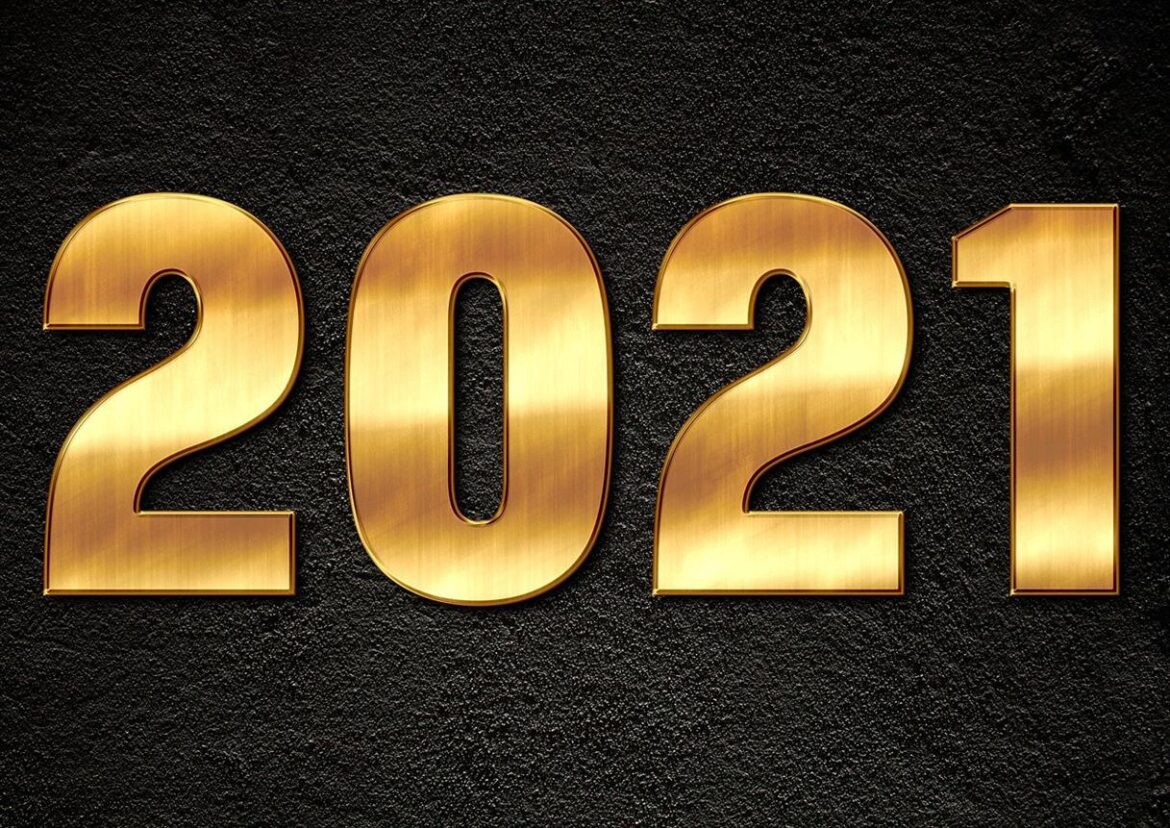As we all know, 2020 was a heck of a year, especially for dedicated educators. And since all of us experienced the crazy-hard work, the long hours, the new ways of teaching and learning, and so much more that was required this year, I won’t belabor the point.
But instead of looking back at 2020, as is normally done at this time of year, I would like to think ahead to 2021. Not to the 2021 of January and February and March (and probably April and May as well). But to the 2021 when we have time and the energy to really think about how we can revise our educational system for the fall. What should school look like when August rolls around? Let’s take a look at that through three different lenses: students, curricula, and instructional strategies.
Students in 2021
While we all know that administrators and teachers performed at the highest possible levels during the pandemic (and even beyond that), we may not have taken the time to think about what our students were asked to do. For many of them, they went on spring break and then simply were unable to return to their buildings. They moved to a new grade level or graduated from high school, took on different courses and different teachers, and were asked to rapidly master technologies that the adults were not even totally familiar with. And while some of these students definitely struggled and will need much help and support to make up the gaps, the majority of them gave it their all and tried their hardest. Learning virtually or even in a blended learning situation isn’t the easiest way to master new ideas, but they were willing to try. And they did it in an atmosphere where the unknowns vastly outweighed the knowns.
So what does that mean for them in August 2021? I think we have to admit that, possibly for many years, we have not challenged the majority of our students in the ways that we should have. We have allowed them to slide a little, been a little too quick to provide them with the answers, and not fully prepared them for a world in which they will need to work and struggle and fail before they achieve great things. Obviously, those students with special needs require additional support. But for most of the others, let’s try to challenge them more when everything is “back to normal.” Let’s push them to think a little deeper, to try a little harder, to be more divergent in their solutions, and to be collaborative in their processes. Can you picture what that would look like daily in your classroom, library, computer lab, or school? (If not, please email me. I’d love to have a discussion about this!)
Curricula in 2021
Regardless of the standards that you have been asked to teach to, I think that we can agree that they focus too little on what is critically important and too much on what is, whether we like or it not, “Google-able.” Now I know that individual teachers don’t set the curricula that they must follow, and so it’s easy to blame this on “the state” or the “administration” or on whoever creates the standards. And, even in 2021, the groups that are in charge of the standards are not likely to change what they believe should be taught.
But, as educators who best know our own students and what they need to be successful and happy in life, perhaps we can spend a little more time on the crucial and a little less time on the rote content. In your subject area or grade level, what are the absolute essentials that every student must know and be able to do? How will you help them master those essentials? What resources, tools, strategies, and technologies can you provide to them so that they can improve their self-learning skills in order to truly be lifelong learners? (Again, if you have questions about any of this, you might consider attending the upcoming virtual TCEA 2021 Convention & Exposition, where many of these ideas will be discussed and resources for their implementation will be shared.)
Instructional Strategies for 2021
Finally, as we seek to make education everything that we’ve always hoped it could be in 2021, consider your role in the selection of the best instructional strategies. When I was in the classroom, I tended to rely on the strategies that I had the greatest ease with or those that I had used for the particular topic the previous year. And, I must admit, I did not stay current on what the latest research had shown to be the most effective ways for students to learn.
Let’s stop both of those practices. There is now an absolute TON of verified research that clearly delineates what instructional strategies work best for different types of learning (surface, deep, and transfer) and for different content areas (reading, math, science, etc.). Since time is always a very precious commodity in our classrooms, we should strive to use those strategies proven to be most effective. If you aren’t familiar with the latest research, TCEA has a wide variety of blogs, podcasts, webinars, and learning events to help you. (Or consider taking one of our online, self-paced courses that address specific tools, strategies, and technologies to help students learn better and retain more.)
If we can challenge our students a little more, ensure that the content we are asking them to master is critical for a successful life, and use proven and effective instructional strategies to help them learn what’s necessary, then 2021 can indeed be the best possible year for all of us.
Happy New Year!


1 comment
Happy new year! Success in your job! Thank you , very helpful!